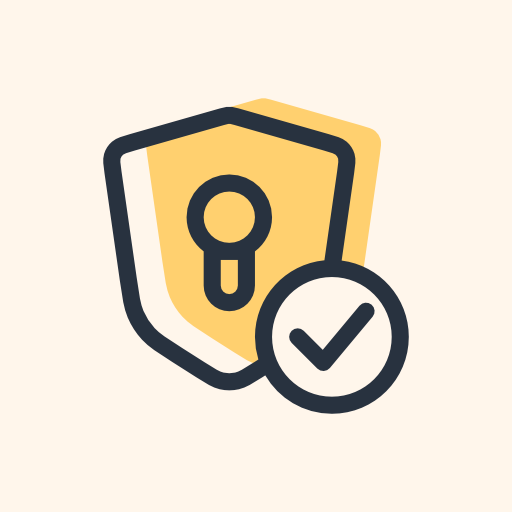This is perhaps overkill, but you can also encrypt the contents of your online cloud storage with CryFS / Cryptomater. This is particularly useful if you wish to store sensitive documents (healthcare, finances etc) in a cloud environment in case of catastrophic destruction of property (destroying computers / on site backups of data).
In this case you can also backup your keepass file in this encrypted virtual storage medium, on top of the prexisting encryption of the database itself.




















For iOS devices the most up to date client is “Strongbox”. I don’t think it is FOSS, but is compliant with the standard. It’s sadly a freemium app, but is quite well made in my testing. It cannot sync with syncthing, but does support several cloud services, its own service (which uses iCloud), and local file transfer over LAN. They also have a version of the app with all network connectivity removed for security (if you prefer)